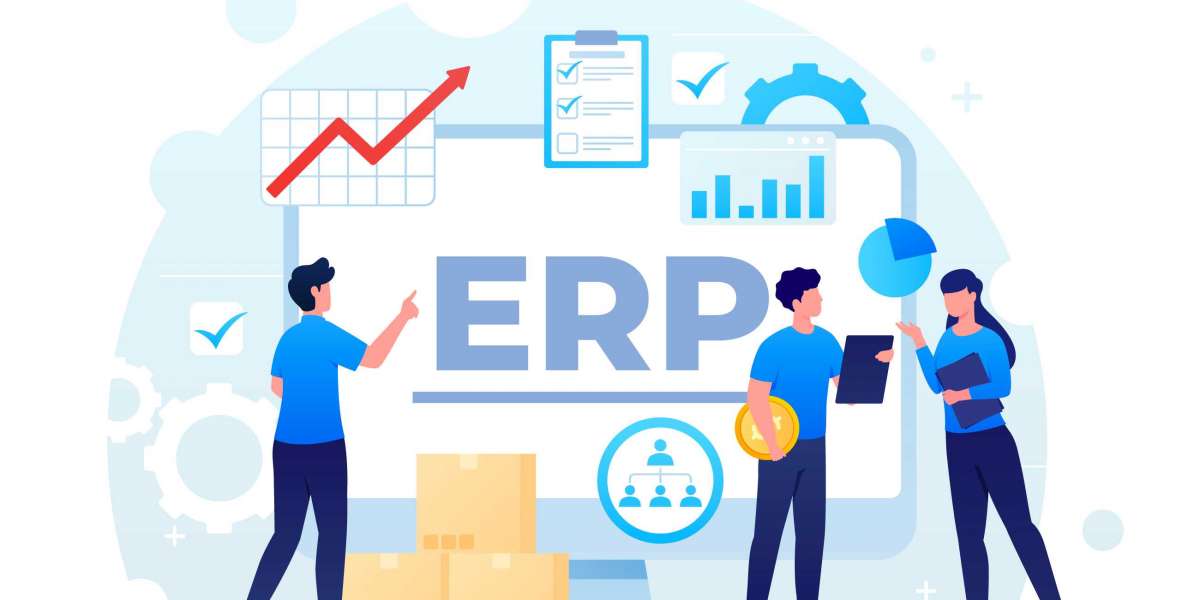In my 18+ years of ERP development and consulting, one recurring issue I’ve seen drain profitability across manufacturing is scrap. It’s easy to assume scrap is just wasted raw material, but the reality is far more damaging; it also means lost production hours, wasted labor, additional rework, and higher operational costs.
According to Fortune Business Insights, the volatility in raw material prices, particularly scrap metals, significantly hinders market growth. The Global Scrap Metal Recycling Market is growing at a CAGR of 3.8% from 2024 to 2032. This highlights how defective products and scrap can inflate manufacturing costs, making it one of the most overlooked drains on profitability.
ERP software addresses this challenge by providing real-time visibility and actionable insights, helping manufacturers reduce waste and cut costs effectively.
Understanding the True Cost of Manufacturing Scrap
Scrap impacts every stage of manufacturing. From excess energy use to wasted operator time, the ripple effect goes beyond raw material loss.
In my consulting career, I’ve seen manufacturers with seemingly small scrap percentages (like 5%) discover that their overall costs rose by more than 10% once indirect waste was factored in. ERP brings these hidden costs to light, making it possible to target the real problem areas.
How A Customized Manufacturing ERP Software Identifies Scrap Sources In Your Industry?
Connecting the dots across Production Scrap doesn’t happen randomly; it comes from patterns in processes, suppliers, or machine performance. ERP integrates production, quality, and supply chain data to trace exactly where defects occur.
Scrap in manufacturing rarely happens by chance; it follows definitive patterns in production processes, supplier quality, and machine performance. A customized ERP system integrates data across production, quality, and supply chain operations, helping manufacturers identify exactly where scrap originates and why.
Key Ways ERP Tracks Scrap Sources:
Supplier Quality Monitoring
ERP systems track raw material batches from each supplier. If a batch causes higher defect rates, the system flags it, helping you renegotiate terms or request stricter quality checks.
Process Bottleneck Analysis
By analyzing production line data, ERP identifies stages where defects are most frequent. This helps in redesigning processes or providing targeted staff training.
Machine Performance Insights
ERP tracks machine efficiency and error rates. Recurrent issues on a specific machine are flagged, allowing timely maintenance or calibration to reduce scrap.
Real-Time Scrap Reporting
Customized dashboards show scrap trends in real time, helping managers make quick, informed decisions to prevent further waste.
Cost Reduction Optimization
By pinpointing scrap sources, manufacturers can reduce raw material wastage, optimize production schedules, and ultimately save significant costs.
Example in Practice:
For example, I had designed a Custom Manufacturing ERP Software, the ERP report analysis it revealed that 70% of product defects arose from a single supplier’s raw material batch. Taking the fact-based help of this knowledge, the manufacturer client renegotiated supplier agreements and implemented stricter incoming material quality checks, cutting his industry’s scrap and production costs significantly.
Real-Time Scrap Monitoring and Alerts
Traditionally, manufacturers discovered scrap only after end-of-shift reports, meaning hours of wasted production. ERP changes this with real-time dashboards and alerts that notify supervisors the moment scrap levels spike. Helping manufacturers to move from Reactive Approach to Proactive Control.
In my experience, a food processing client reduced unplanned scrap by 18% within three months of using ERP alerts. Instead of running defective batches for hours, supervisors intervened immediately, saving both material and time.
Turning Scrap Data into Cost Savings with Smart Insights
ERP doesn’t just highlight scrap; it provides Predictive Analytical insights into preventing it. Predictive models can reveal, for instance, that a specific machine produces more defects after 500 cycles, indicating the need for preventive maintenance.
Across multiple industries, I’ve helped manufacturers turn ERP scrap data into 10–15% annual cost savings. By acting on ERP insights, whether adjusting processes, improving training, or optimizing maintenance, companies move from firefighting to strategic waste reduction.
Conclusion
After nearly two decades of working in the ERP consultation, I can confidently say that ERP software is one of the most powerful tools for reducing scrap and cutting its recycling costs. It not only transforms your industry’s waste management from a reactive task into a proactive one but also provides a data-driven strategy to manage it.
By identifying your industry’s scrap sources and monitoring them in real time, while generating predictive insights, ERP doesn’t just reduce waste; it also strengthens efficiency, sustainability, and competitive edge. Manufacturers who embrace ERP for scrap reduction aren’t just saving costs; they’re building a smarter, leaner manufacturing future for their industry.






